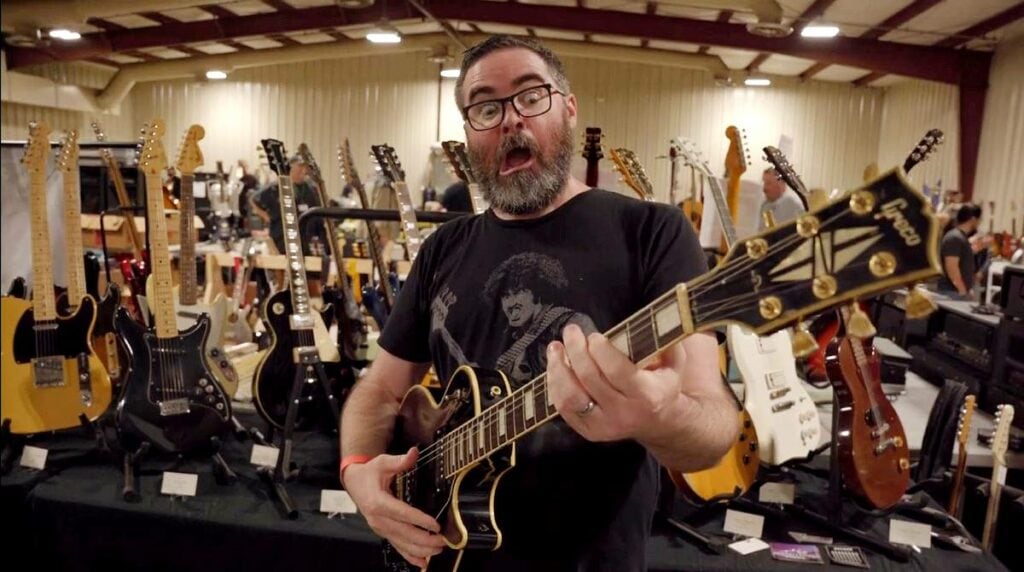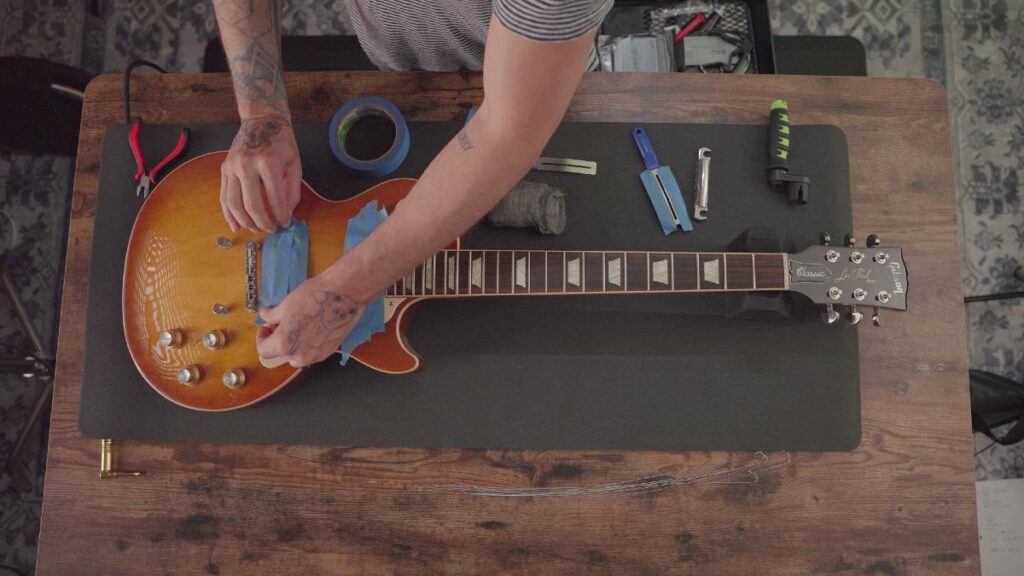When I started KillerGuitarRigs in 2020, my testing process was a mixture of getting stuff from friends and trying stuff out in stores.
In the four years since so many things have changed, and so many things have stayed the same.
These days, people often add the online forum of their choice to their Google searches when looking for product info, because they know that so many reviewers are incentivized to recommend the product that pays them the most money, and oftentimes it’s products they’ve never even used.
We never want to be that kind of site – so we’re not. Everything we review is hands-on, every one of our roundups comes from group discussions, and every one of our opinions and recommendations is completely divorced from what kind of commission we might get – we never accept money to give a positive opinion, and none of the writers know what commission KGR gets from anything – they don’t even know if we do get a commission, or if we’re just reviewing something you can only buy used because people asked us to review it.
The KillerGuitarRigs Studio/Review Space
Last year we decided to build out a dedicated space for testing, reviewing, creating video reviews, courses, and all kinds of other fun stuff.
It also got to be a pain to track the gear we’d been sent to test, so having one central location (that doesn’t have kids running around) seemed like the next natural step for us.
The video above is a “sneak peek” we put together for our mailing list, but it gives you a good idea of where we’re testing, how we’re testing, and what you’re seeing in the background if you watch any of our YouTube videos.
Our Review Team

Everyone at KGR plays guitar, so everyone at KGR is part of the review team.
Say we’re reviewing the 7 best loop pedals. Our process starts with an email going out to all the full-time and freelance staff asking them what their favorite loop pedal is and why.
We then compile that feedback, and from that we pick out 10-15 different pedals that either came up repeatedly, or people felt strongly about, and get them to our studio in Orlando Florida.
At the studio, we get whomever is available to come over and we shoot them out, make notes on what we like and don’t like, and then provide this to the person who’s doing the actual review.
This means that everyone is part of the review team, because what’s “good” is ultimately subjective enough that everyone’s input makes a better recommendation than just one person’s opinion.
How we choose what to review

For individual reviews, our main criteria are twofold – “are people interested” and “is it good?” You often hear the complaint that certain YouTubers only do positive reviews, but the reality is that creating a review of something is a day or more out of that person’s life, so we’ve long taken the tradition of only going through the whole process with things we’d suggest people check out.
For the last few years, companies like Boss, Marshall, PRS, Universal Audio, and more, have sent us things to review. Other brands have approached us and asked to place their own reviews on our site – something we’ve always refused. Every brand we work with is made aware that we will give our honest opinion, and we won’t let them see reviews prior to testing.
Where we get the gear we test

While we are sent gear by manufacturers to try out, the vast majority of gear we source ourselves. Sometimes someone on the team in the Orlando area has an item we need, sometimes we source them from friends who run online stores, such as our dudes at Flash Flood Of Gear, and the rest of the time we look to local music stores, Craigslist, guitar shows, and anywhere else we can source something to test out, and potentially sell on again.
How We Test Guitars/Amps/Pedals

Testing any musical instrument is extremely subjective – a metal guitarist maybe doesn’t have the most to say about an ES-335, and a budget-minded guitarist will strain to recommend a Murphy Lab Gibson Les Paul Custom.
With that said, we always try to go into every review with “who is this for”. If a guitar is $300, we won’t expect it to play like a $3000 guitar, if a pedal is $500, it will have to do something a lot more spectacular than a $50 pedal.
If we’re testing something new out of the box, the initial expectation is it will work, right off the bat. Guitars shouldn’t have sharp frets, amps shouldn’t have knobs that keep turning, pedals should come on the first time you stomp them.
Beyond that, we’re looking for how something sounds, how it plays, how easy it is to use, and whether it stands up to the original question – “who is this for”. A $150 guitar that generally stays in tune might get a better review than a $1500 guitar that generally stays in tune. If the gear sounds good, does what it promises and is fun to use, it’s already on the road to a good review.


